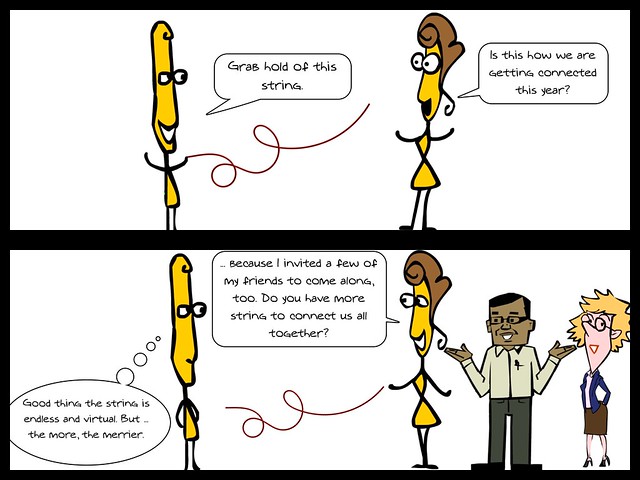 I’ve been looking for some time for a Comic creator app that has enough art to be flexible enough and yet, leave enough room for me to maneuver as a writer. It’s tricky. I found this one, Comics Head, and although I paid four bucks for it (there is a free lite version), I find I really like it for its fair amount of art and templates and variations. Plus, the homepage is nicely arranged, making it easy to find things. The use of touchscreen for writing and creating can be tricky, though.
I’ve been looking for some time for a Comic creator app that has enough art to be flexible enough and yet, leave enough room for me to maneuver as a writer. It’s tricky. I found this one, Comics Head, and although I paid four bucks for it (there is a free lite version), I find I really like it for its fair amount of art and templates and variations. Plus, the homepage is nicely arranged, making it easy to find things. The use of touchscreen for writing and creating can be tricky, though.
Here are a few comics that I have made in the past few weeks using the app. If you have iPads in the classroom ( I don’t), the free version of this app might worth checking out.
I played around with one of the templates in the app, which is a “recipe” comic, and was thinking a bit of CLMOOC and other spaces.
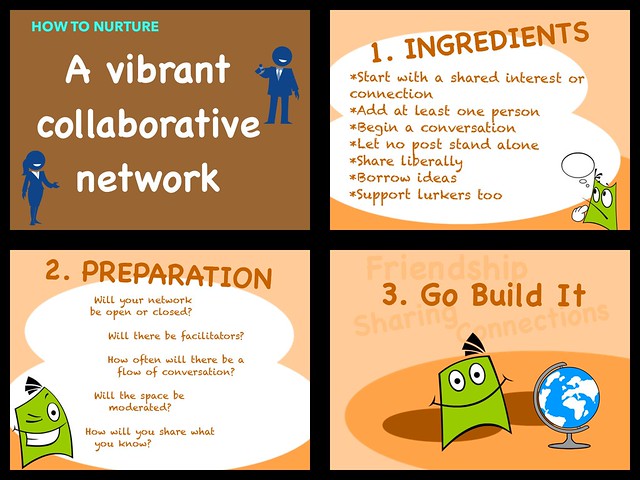 This comic was for my friend — Greg — who is raising awareness for his nephew, who has been diagnosed with a rare illness I had never heard of before, and he asked fellow social media folks to create content for the #BurpeeforBobby campaign so they could raise awareness and funds. I also donated some money to the campaign.
This comic was for my friend — Greg — who is raising awareness for his nephew, who has been diagnosed with a rare illness I had never heard of before, and he asked fellow social media folks to create content for the #BurpeeforBobby campaign so they could raise awareness and funds. I also donated some money to the campaign.
And I made a comic for my students, as summer came to an end.

I had fun with the app.
Peace (in the frame),
Kevin
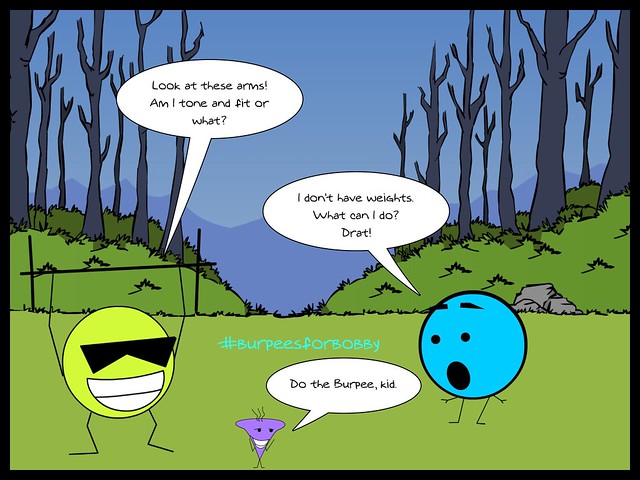
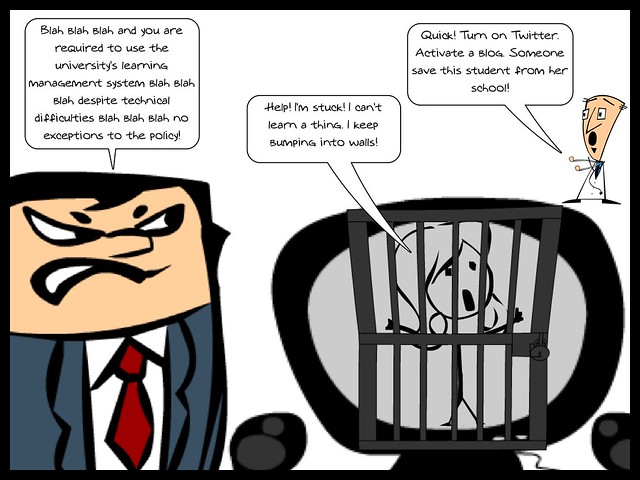



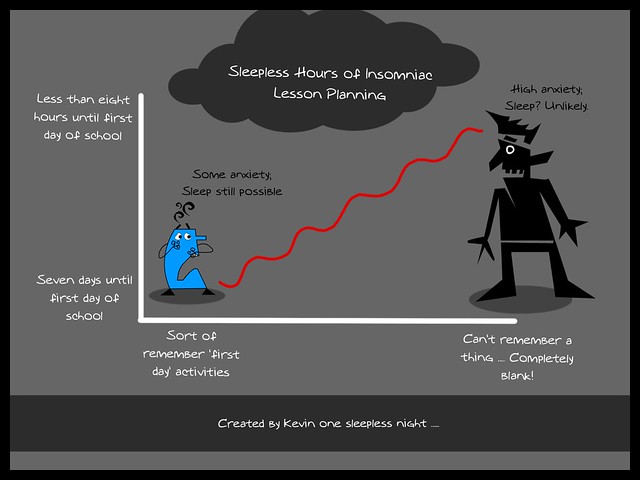

 Upper elementary and middle school students would eat Copper up, I think, particularly if they are hooked on the Amulet series. I see now that you can access many of the
Upper elementary and middle school students would eat Copper up, I think, particularly if they are hooked on the Amulet series. I see now that you can access many of the 